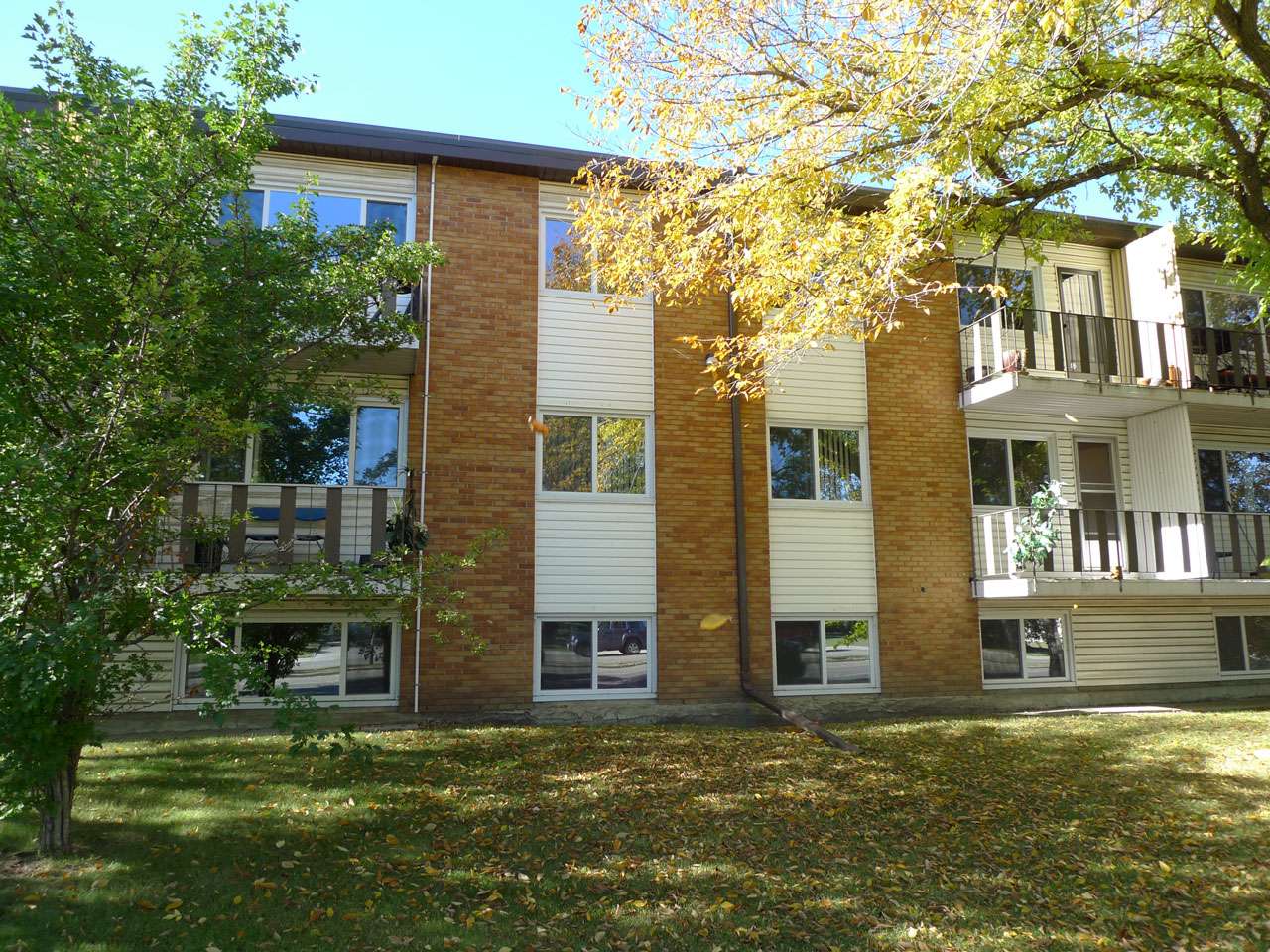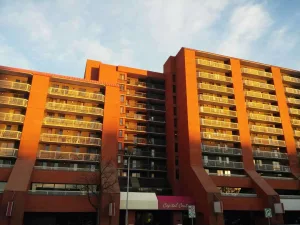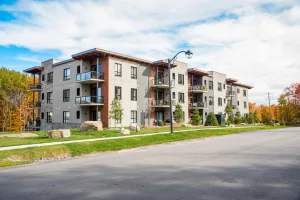What Does Condominiumized Mean?
To condominiumize something means to change an existing building or complex into condominiums (condos).
Real Estate Agent Explains Condominiumization
In years where the housing economy is really hot, it might benefit a building owner or real estate developer to take an older building and split it up legally to make individually salable units. Individual units often sell for much more than legally attached units.


If a building is entirely owned by one company or investor, the building may be considered one unit by the municipality and province. So, if the building or complex owner wants to sell the property, they must sell the entire thing; they cannot just sell one townhouse or apartment. But if the property is condominiumized, then individual units can be sold off. This can make for a large profit for the owner when selling. However, it is expensive to condominiumize a property. There are high legal costs and applications and fees to pay for, and there is a reserve fund that needs to be in place before units can be sold. If the market doesn’t look good for selling condos, it might not benefit a property owner to split a building up into condos. The property owner must comply with the rules of condominiumization – in the case of Alberta in compliance with the Condominium Property Act.
Why Does It Matter?
Buildings that were originally intended to be condos are sometimes built differently than buildings or complexes that were changed into condos later in their life. There can be problems with the way a property was condominiumized depending on the laws at the time and what was occurring during that period. For example, if there was a real estate boom, perhaps the condominium bylaws were not registered at Land Titles. Another example is that perhaps the building was meant to be run by one company and so there is inadequate metering for individual owners – there are many buildings in downtown, Edmonton that have one power meter for the entire building! That way individual owners all pay for a percentage of their electricity. This wasn’t a problem when power bills were almost nothing. Now it is a big part of the condo fees for those condominiums. Properties being purposely built to be condos can have differences compared to properties that were intended for one person to be in control of them.

